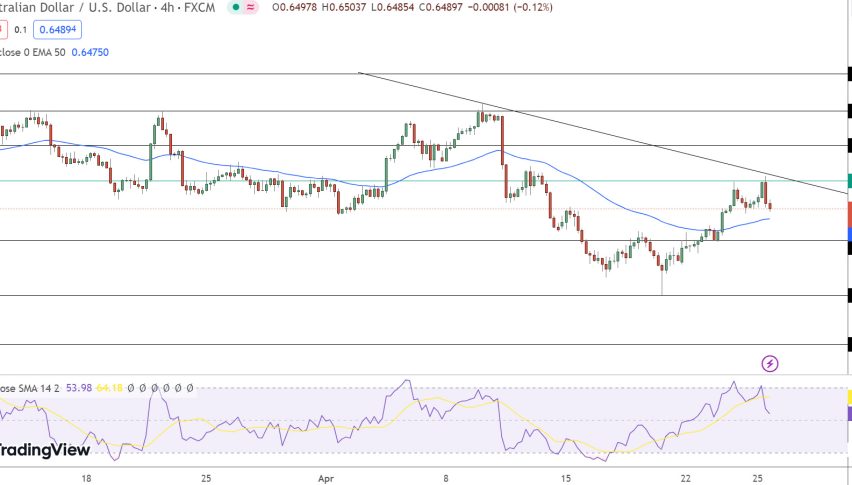During Tuesday’s early Asian trading session, WTI Crude Oil failed to extend its winning streak of the previous day, dropping close to the $ 59.50 level, mainly due to the concern that OPEC may agree to increase the global supply in an upcoming meeting. Meanwhile, China’s disappointing factory activity growth data decreased the Chinese demand for crude oil, which exerted pressure on the oil prices. The bearish sentiment surrounding the crude oil prices was further bolstered after New Zealand imposed fresh lockdowns. During a media briefing, the World Health Organization also warned that the coronavirus remains a global threat, as in the past week, the number of cases globally has increased for the first time in almost two months.
Across the pond, the broad-based strength of the US dollar is seen as one of the key factors that has undermined the crude oil prices, as the dollar usually moves inversely to oil. Conversely, President Joe Biden’s promise of trillions of dollars in new COVID-19 relief measures, which has finally been passed, has eased worries over the global economic slowdown, which could lend some support to crude oil, and help limit its bearish rally. At the moment, crude oil is trading at $ 59.56 and consolidating in the range between 59.45 and 60.39. Moving on, traders seem cautious to place any strong positions ahead of the US crude oil supply data from the American Petroleum Institute, which is due later in the day.
As already mentioned, the numbers of new COVID-19 cases are still not showing any sign of slowing down, which has resulted in New Zealand extending activity restrictions in some regions. Thus, the corona woes are keeping the energy industry under pressure, which has added to the pressure on higher-yielding crude oil. Elsewhere, China’s downbeat factory activity growth data slipped to a 9-month low in February, which decreased the Chinese oil demand, and put pressure on the oil prices.
Most of the investors are worried that the Organization of the Petroleum Exporting Countries and its allies, a group known as OPEC+, will increase their oil output. Thus, the crude oil prices will remain under pressure as investors make position adjustments ahead of the OPEC meeting. The S&P 500 Futures failed to extend its positive performance of the previous day, drawing some offers on the day. The weak Chinese manufacturing data, which showed that China’s factory activity growth dropped to a 9-month low in February, was behind this bearish performance, which resulted in decreased Chinese demand for crude and put pressure on the oil prices. Another factor that could also be weighing on the sentiment could be the fears surrounding the Brazilian variant of the COVID-19 virus. Meanwhile, the reason for the bearish performance on the market could also be attributed to the US-China tussle, which is picking up pace time all the time.
On the USD front, the broad-based US dollar managed to stop its declining streak of the previous session, turning bullish during the Asian session on the day, as traders started to invest in safe-haven assets like the US dollar, amid the downbeat market mood. The gains in the US dollar were seen as one of the key factors that kept the oil prices under pressure, as the weaker USD tends to make it cheaper for holders of other currencies to purchase crude oil. The US dollar index last stood at 91.014, having hit a three-week high of 91.139 overnight.
On the positive side, the policymakers in the US and the UK are set to provide the much-awaited fiscal relief measures, which in turn is probing the risk-off mood. Meanwhile, the optimism with regard to the coronavirus (COVID-19) vaccines is also helping the limit the downside in the oil prices. Moving on, the market traders will keep their eyes on the US crude oil supply data from the American Petroleum Institute, which is due later in the day. The chatter regarding the US aid package and the virus updates will also be key to watch.












